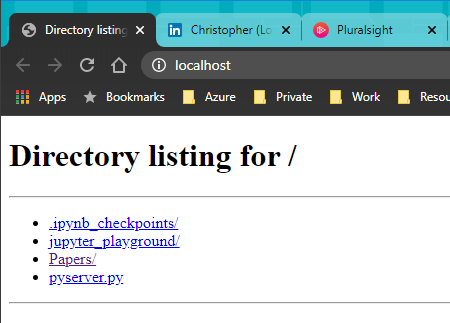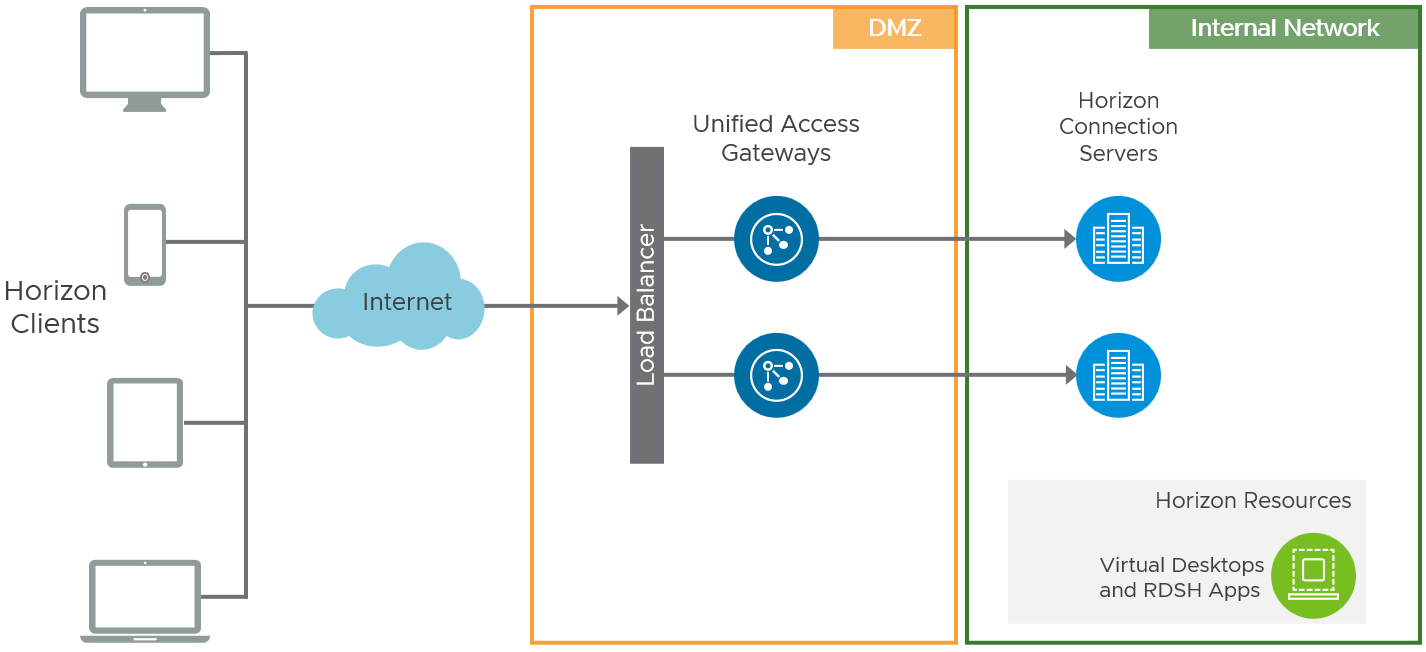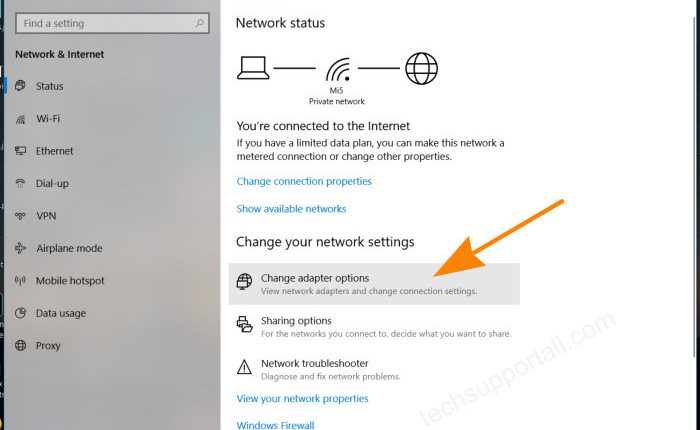
AWS amplify pricing is one of the services offered by Amazon Web Services. The service enables developers develop cloud-native application quickly and with ease. It offers a range of libraries, components, and tools for creating full-stack applications that are scalable with AWS. Amplify has been designed to reduce the amount that developers are required to write. The Amplify framework helps developers develop apps faster and supports continuous deployment.
Aws amplify Pricing
The aws-amplify pricing model is flexible, and you only pay for resources you actually use. For example, if you are using Amazon S3 for storage and then add an amplify storage module to it, you only pay the normal S3 fees for that module.
Aws cost amplify
The cost for using amplify will depend on how complex and large your application is, along with the amount of time you spend using it. There are several free tiers available to help you get started, as well as a paid tier. The free tier is valid for 12 months with some restrictions, but after this period, you will be required to pay for everything in the pay-as-you-go model.

aws amplify a console
AWS Amplify is a simple-to-use CLI that gives you the tools to create cloud-native apps. Drag and drop UI components and open-source libraries are included.
aws amplify hosting
Amplify provides static web hosting as well, allowing users to launch their website instantly. This is a managed service with SSL and HTTPS support. This is a great way to save money and make your website easier for visitors to find.
Aws amplify Analytics
Amplify allows for the monitoring of user sessions and analysis of conversion funnels. It also offers a pre-built authentication feature for sign-ups, sign-ins, and lost password procedures. Data storage is also available to help you maintain the data of your application.
aws amplify authentication
Amplify helps you build efficient and secure apps, without the need to worry about the underlying infrastructure. It also lets you focus on providing the best value to your customers. With a minimum of effort, you can deploy an app with alerts integrated and APIs. You will save both time and resources while still being able deliver excellent results to the users.

aws amplify API
Amplify API lets you connect your apps with AWS cloud services. It also provides a single interface for managing and monitoring your services and their usage.
Aws amplify UI
AWS Amplify UI consists of a simple, modern UI that contains all the necessary elements to create your app. It comes with many components out of the box and has a seamless CLI-based workflow that helps accelerate app development.
aws amplify CLI
AWS Amplify consists a comprehensive set of code library, UI components and a powerful CLI. These tools are used to build, deploy and maintain your apps. It has a console which allows you to launch apps instantly.
FAQ
Can I build my website using HTML & CSS?
Yes! You should be able to create a website if you have been following the instructions.
Now that you know how to create the structure of a website, you'll also need to learn some HTML and CSS coding.
HTML stands for HyperText Markup Language. You can think of it as writing a recipe. You'd list ingredients, instructions, and directions. HTML can also be used to inform a computer if certain parts of text should appear bold, underlined and italicized. It is the language used to describe documents.
CSS stands for Cascading Style Sheets. You can think of CSS as a style sheet for recipes. Instead of listing all ingredients and instructions, you simply write down the basic rules for things such as font sizes, colors or spacing.
HTML tells a browser how to format a webpage; CSS tells a browser how to do it.
Don't be afraid to ask questions if you don’t understand any of these terms. Follow the tutorials and you will soon be creating beautiful websites.
Do I need a portfolio to get hired as a web designer?
Yes. It is important to have a portfolio when applying for web design or development jobs. Your portfolio should include examples of your skills.
A portfolio usually consists of samples of your past projects. These samples can show off your ability to do any task. Include everything: mockups; wireframes; logos; brochures; websites and apps.
Should I use WordPress or a website builder?
A small website is the best way to build a successful web presence. If you have enough time and resources, build a site. Start with a basic blog, even if your budget is limited. As you become proficient in web design and development, you can add features as needed.
It is essential that you have a primary domain name before you can start your first website. This will provide a point to which you can publish content.
Web development: Is it hard?
Web Development can be challenging, but there are many resources online to help you learn.
Just find the right tools, and then go through each step.
YouTube and other platforms have many tutorials. You can also use free online software such as Notepad++, Sublime Text, etc.
There are also lots of books available in bookstores and libraries. Some of the most sought-after books are:
O'Reilly Media's "HeadFirst HTML & CSS"
O'Reilly Media presents "Head First PHP and MySQL 5th Edition"
Packt Publishing presents "PHP Programming: Absolute Beginners".
I hope this article helped you.
What kind of websites should I make?
This depends on your goals. It may be best to sell online your products to build a company around your website. You'll need to build a robust eCommerce site to do this successfully.
Other popular types of websites include blogs, portfolios, and forums. Each one of these websites requires different skills. To set up a blog for instance, you'll need to learn about blogging platforms like Blogger and WordPress.
You will need to decide how to customize your website's look when you select a platform. You can find many free templates and themes for every platform.
Once you have selected a platform you can add content to your website. Pages can include images, videos, text and links.
It is now possible to publish your new website online. Once published, visitors can view your site in their browsers.
Do I have to use a template?
Yes! A lot of people use prebuilt templates or frameworks to create websites. These templates have all the code you need to display your information on your website.
These are some of the most requested templates:
WordPress - one of the most popular CMSes
Joomla - Joomla is another popular open-source CMS
Drupal - an enterprise-level solution that large organizations use
Expression Engine - A proprietary CMS from Yahoo
Each platform has hundreds of templates, so it should not be hard to find the one that you like.
What Should I Include In My Portfolio?
These should all be included in your portfolio.
-
Exemplaires of previous work
-
If applicable, links to your website
-
You can also find links to your blog.
-
These links will take you to social media websites.
-
Other designers' online portfolios can be found here.
-
Any awards you have been given.
-
References.
-
Take samples of your work.
-
Links showing how you communicate with clients.
-
These are links that show you're open to learning new technologies.
-
These are links that show your flexibility
-
You can find links that reflect your personality.
-
Videos showing your skills.
Statistics
- At this point, it's important to note that just because a web trend is current, it doesn't mean it's necessarily right for you.48% of people cite design as the most important factor of a website, (websitebuilderexpert.com)
- Did you know videos can boost organic search traffic to your website by 157%? (wix.com)
- Is your web design optimized for mobile? Over 50% of internet users browse websites using a mobile device. (wix.com)
- It enables you to sell your music directly on your website and keep 100% of the profits. (wix.com)
- Studies show that 77% of satisfied customers will recommend your business or service to a friend after having a positive experience. (wix.com)
External Links
How To
What is website Hosting?
Website hosting is the place where visitors go to visit a website. There are two types.
-
Shared hosting – This is the most affordable option. Your website files will reside on a server belonging to someone else. Customers visit your website and send their requests over the Internet to this server. The request is sent to the server's owner who then passes it on to you.
-
Dedicated hosting: This is the most costly option. Your website resides entirely on one server. You and your traffic are protected by the fact that no other websites share server space.
Shared hosting is preferred by most businesses because it's cheaper than dedicated hosting. The company hosting the server will provide the resources necessary to manage your website.
There are pros and disadvantages to each option. These are some of the major differences between them.
Shared Hosting Pros
-
Lower Cost
-
Easy to Set Up
-
Frequent Updates
-
It is available on many Web Hosting Companies
Shared hosting is often as cheap as $10 per month. Remember that shared hosting usually comes with bandwidth. Bandwidth is the data transfer speed that you have over the Internet. Even if only you upload photos to your blog or website, high-volume data transfers may incur additional charges.
Once you begin, you will soon see why you spent so much on your previous host. Most shared hosts have very poor customer support. You'll be on your way after they walk you through setting it up.
Look for a provider who offers 24/7 phone support. They will take care of any issues while you sleep.
Dedicated Hosting Cons:
-
More Expensive
-
Less common
-
Requires special skills
With dedicated hosting, you get everything you need to run your website. You don't need to worry about bandwidth usage or RAM (random access memory).
This means that upfront, you'll need to spend a bit more. However, once your business goes online, you'll discover that you don’t need as much technical support. You'll soon be an expert at managing servers.
So Which Is Better For My Business?
The answer will depend on the type and purpose of your website. Shared hosting is best for those who only need to sell products. It's simple to set it up and keep it updated. Because you share a server, you will most likely receive frequent updates.
If you want to create a community around a brand, dedicated hosting may be the best choice. Instead of worrying about traffic, you can concentrate on building your brand.
Bluehost.com offers both. They offer unlimited monthly data transfers, 24/7 support, free domain name registration, and a 30-day money-back guarantee.